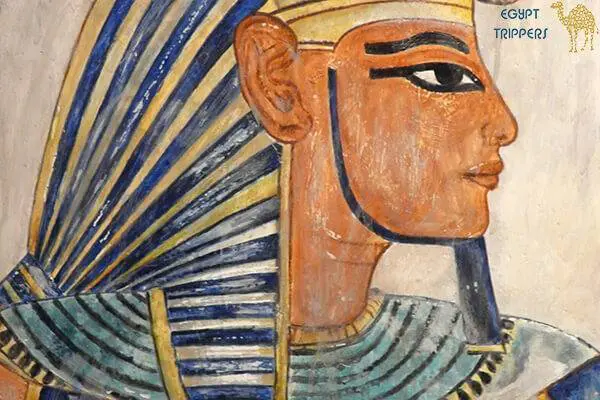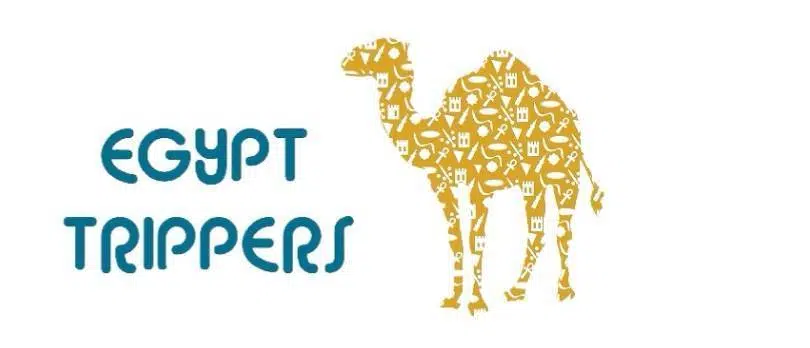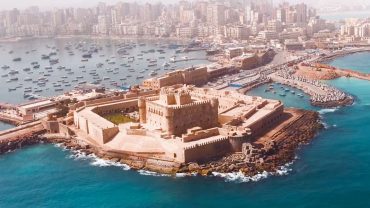The second son of the pharaoh of the Twentieth Dynasty, Ramesses III is believed to be the last great monarch who ruled Egypt with authority from approximately 1186 to 1185 BC. He was also called ‘the Warrior Pharaoh’ due to his successful military strategies against various invaders known as ‘the Sea Peoples’ and the Libyans. But though he defeated his enemies, the increasing economic difficulties, internal strife, and political chaos of the Late Bronze Age collapse exhausted the treasury and led to the gradual decline of the Egyptian empire.
A Rocky Path
The discovery of the transcript known as the Judicial Papyrus of Turin reveals details of a trial that confirms that a conspiracy to assassinate the king was hatched by one of his three wives Tiye who wanted her son to inherit the throne. The conspirators were caught and executed, but it was not known whether the king had been murdered or not. It wasn’t till a CT scan of his mummy was performed in 2011 that revealed that the king’s throat had been cut along with one of his toe, suggesting he had been killed by multiple attackers.
Despite all the problems, Ramesses III managed to build a grand tomb for himself now known as the ‘Tomb of the Harpists’ in the Valley of the Kings.
A Grand Endeavour
It is the longest tomb in the valley measuring 180 meters. Its inclined entrance passage descends into a central corridor, pillared hall, and burial chamber. It was initially started by his father but was abandoned when the tunnel collided with another tomb.

Ramesses III realigned the axis to the right and continued building. The tomb contains very colorful and well-preserved relief scenes with 74 manifestations of Ra in the first two corridors. A yellow line running through the center of the ceiling contains spells, symbols of power while the walls of the anterooms and burial chamber show the king worshipping the gods. Various protective figures are depicted to ensure the king’s smooth passage to the underworld. The symbolism and sheer artistry of the paintings are certainly worth seeing.
The third corridor contains symbols of stability and ankhs symbolizing life. The fourth corridor first rises upward to avoid the tomb next door, then descends and continues on. On these walls, Ramesses is shown offering incense before the seated god Ptah-Sokar-Osiris, while his various titles are also inscribed showing him to be just and beloved by Amun. This would confirm his eternal regeneration necessary for well-being in the afterlife.
Though the original quartz sarcophagus and lid no longer remains in Egypt, the reliefs on the wall show the king’s name inscribed within a disc formed by two intertwining snakes identifying the king with the sun cycle. The king’s mummy was finally found at Deir-el-Bahri and is in the Egyptian Museum in Cairo.
A Sight to See
A visit to the tomb should be on everyone’s list of Luxor tours as the experience of walking through history is unparalleled. The sheer mastery and craftsmanship of the artisans as well as the grand lifestyle of the pharaohs is certainly worth experiencing.




Comment (0)